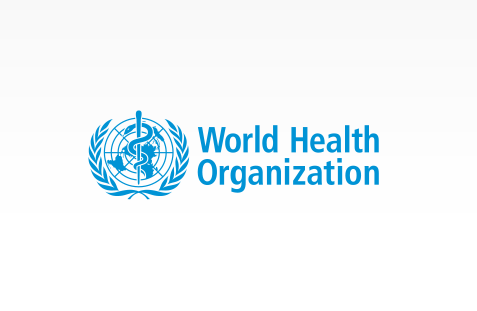WHO’s New Guidelines on Catheter Use
The World Health Organization (WHO) has released its first-ever global guidelines aimed at reducing bloodstream infections and other complications associated with the use of intravascular catheters, particularly peripheral catheters. Titled “Guidelines for the prevention of bloodstream infections and other infections associated with the use of intravascular catheters: part I: peripheral catheters”, these guidelines represent a significant step towards ensuring safer medical care worldwide.
Content and Focus of the Guidelines
The guidelines offer comprehensive recommendations and good practice statements (14 good practice statements and 23 recommendations) for health workers. These include detailed protocols on the education and training of medical staff, aseptic techniques, hand hygiene practices, and the insertion, maintenance, access, and removal of catheters. Proper catheter selection is also emphasized to minimize risks.
Impact and Risks of Catheter Use
Catheters, while essential for many inpatients (with up to 70% of inpatients requiring one during hospital stays), pose significant risks if not managed properly. Poor practices in handling catheters can lead to bloodstream infections, sepsis, and complications in major organs, as well as soft tissue infections at the insertion sites.
Health Concerns and Mortality Rates
The WHO highlights the grave implications of catheter-related infections, noting that healthcare-associated sepsis had a mortality rate of 24.4% from 2000 to 2018. Moreover, antibiotic-resistant bacteria, which are a growing concern globally, play a significant role in these infections, causing millions of deaths annually. In 2019, bacterial antimicrobial resistance was directly responsible for at least 1.27 million deaths and contributed to an additional 4.95 million deaths.
Global Collaboration and Implementation
The WHO calls for global collaboration to implement these guidelines effectively across healthcare settings worldwide, aiming to significantly reduce the incidence of catheter-related infections and improve patient safety on a global scale.
About WHO
The World Health Organization, led by Director General Dr. Tedros Adhanom Ghebreyesus and headquartered in Geneva, Switzerland, was established on April 7, 1948. It continues to play a pivotal role in addressing global health issues and setting health standards.


